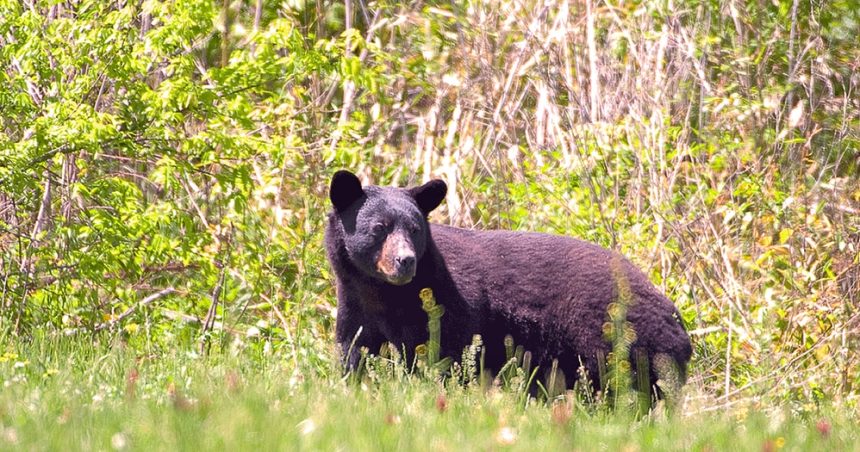There has been an uptick in bear sightings across Mississippi in recent months, and one wildlife expert explains why.
According to Anthony Ballard, a nuisance species biologist with the Mississippi Department of Wildlife, Fisheries, and Parks (MDWFP), there are a couple of factors at play resulting in a larger number of the state’s bear population being spotted by the public.
This time of year, many young male bears leave their families to find a new home. In addition, older adult male bears are also out looking for a female in heat as the mating season continues.
“Right here at this point, you’ve got the adult sows that have kicked those young, those yearlings out. So you’ve got a lot of younger males that are kind of dispersing and finding their way for the first time,” Ballard said on SuperTalk Outdoors with Ricky Mathews. “You’ve also got a pretty big mix-up because there are males that are covering large distances looking for females in heat and looking to kick that breeding season off.”
In order to further its research on bear migration, MDWFP has been placing a tracking collar on some bears emitting a signal that can be tracked from the ground or an airplane by using a receiver tuned to that collar’s radio frequency.
One young male bear, in particular, has had his journey documented by MDWFP. The furry creature has ventured several miles away from his original home and has been spotted by members of the public on multiple occasions.
“We’ve got one bear that we collared in Wilkinson County that is about 65 miles away from where we originally collared him,” Ballard said. “He was collared back in the middle part of May and he’s now almost 70 miles away from his original collar location. That’s a good example of a young male heading out somewhere, deciding where he wants to go, ending up somewhere really far away, and being seen by a lot of people.”
There are currently nine collared bears in the state that the department is tracking.
MDWFP is also putting out hair snares, or strands of barbed wiring accompanied by some sort of bait, to catch pieces of a bear’s fur. This is intended to do more DNA testing and to get a better read on the overall bear population in the state.
Most of Mississippi’s bear population is found along the Mississippi River, along dredges in the western part of the state, and surprisingly on the Gulf Coast.








